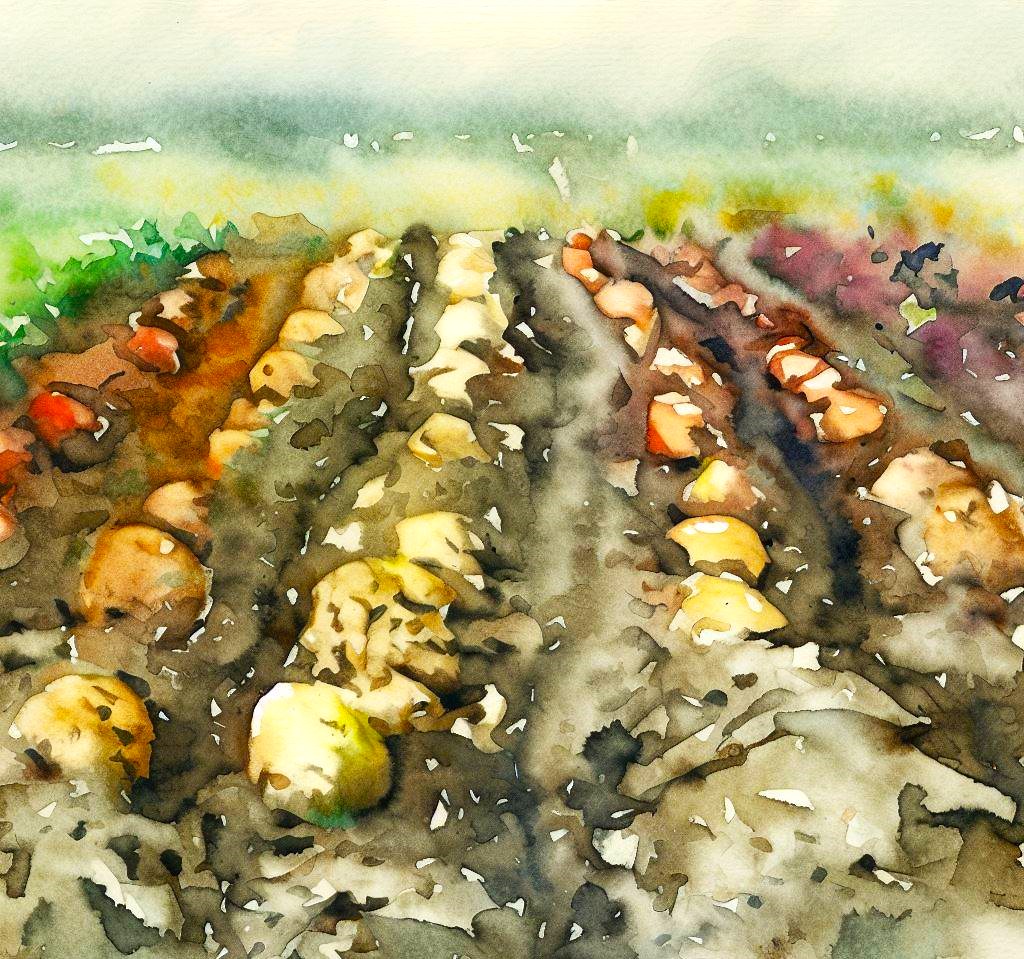India expands
Many economists stronly believe that India’s stellar economic trajectory alongside strong forecasts for some Southeast Asian countries will be important drivers for future global growth.
The next decade, could see Asia Pacific become the fastest growing region of the world economy. India, Indonesia, the Philippines and Vietnam will most likely be among the world’s fastest growing emerging markets over the next 10 years.
India’s economy grew 7.8% in the June quarter, marking the fastest pace of growth in a year.
The momentum in the Indian economy looks really strong at the moment, economists suggest. Some forecasts expect that India will surpass Japan to become the third largest economy by 2030, with the country’s GDP projected to rise from $3.5 trillion in 2022 to $7.3 trillion by 2030.
As a region, Asia-Pacific’s growth is expected to strengthen from 3.3% last year to 4.2% this year, according to economic projections.
Over the next decade, we expect that about 55% of the total increase in the world’s GDP will come from the Asia-Pacific region.
Where does this leave the U.S. and China?
Still, the U.S. will remain an important driver of the global economy, accounting for some 15% of the world’s growth over the next decade.
China will also still be pivotal in this growth story, contributing to about one-third of the total increase over the same period, analysts suggest. China’s recovery has been weaker than expected and the expected ‘growth momentum’ has wained.
China has been affected by a slew of economic data broadly missing expectations.
As a whole, analysts expect global growth to come in at 2.5% this year and next. But please bear in mind these are forecast and move regularly.
Ashoka Chakra – the Flag of India
The flag of India is a horizontal tricolour of saffron, white and green, with a navy blue wheel called the Ashoka Chakra in the centre. The flag was adopted on 22nd July 1947, after India gained independence from British rule.
It is based on the Swaraj flag, which was designed by Pingali Venkayya and modified by Mahatma Gandhi. The colours and symbols of the flag have different meanings and interpretations.
Saffron represents courage, sacrifice, Hinduism and Buddhism. White represents peace, truth, purity and other religions in India. Green represents faith, fertility, Islam and Sikhism.
The Ashoka Chakra represents the law of dharma, the cycle of life and death, and the ancient Indian emperor Ashoka who spread Buddhism across Asia.
India’s flag is also known as the Tiranga, which means ‘the tricolour’ in Hindi. The flag has a ratio of 2:3 and can only be made of khadi, a hand-spun cloth.
The flag code of India regulates the usage and display of the flag by the government and the public.







